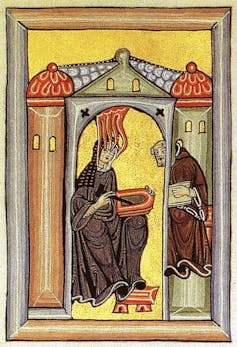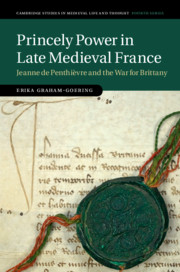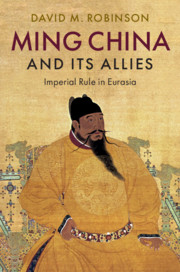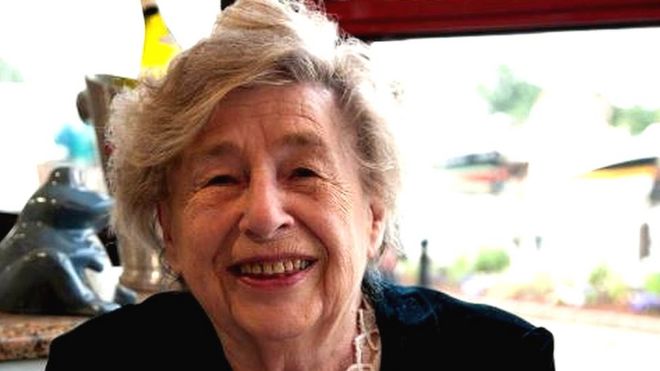From The Bookseller:
Cambridge University Press has bagged a “thrilling” book on dynastic political intrigue in medieval Europe by historian and presenter Robert Bartlett.
Liz Friend-Smith, senior commissioning editor in history, bought world print and digital rights to Blood Royal: Dynastic Politics in Medieval Europe direct from the author. It will be published in July 2020.
The book explores the role played by family dynamics and family consciousness in the politics of the royal and imperial dynasties of Europe, “from royal marriages and the birth of sons, to female sovereigns, mistresses and wicked uncles”.
The synopsis explains: “Throughout medieval Europe, for hundreds of years, monarchy was the way that politics worked in most countries. This meant power was in the hands of a family—a dynasty; that politics was family politics; and political life was shaped by the births, marriages and deaths of the ruling family. Bartlett looks at how the dynastic system coped with female rule and pretenders to the throne. It expplores how the dynasties used names, the numbering of rulers and the visual display of heraldry to express their identity. And it asks why some royal families survived and thrived, while others did not.”
Bartlett is writer and presenter of several BBC documentary series including “Inside the Medieval Mind”, “The Normans”, and “The Plantagenets”. Professor Emeritus at the University of St Andrews, his books include The Making of Europe: Conquest, Colonization and Cultural Change (Penguin), which won the Wolfson History Prize.
Friend-Smith said: “Robert is a master historian and a fabulous storyteller. He makes enthralling sense of the complex web of internal rivalries and loyalties of the ruling dynasties and casts fresh light on an essential feature of the medieval world. We’re very excited to be publishing his next book, it’s a tour de force.”





![Prince Felix Yusupov: The Man Who Killed Rasputin by [Dobson, Christopher]](https://images-fe.ssl-images-amazon.com/images/I/51EzUiYBc7L._SY346_.jpg)

























